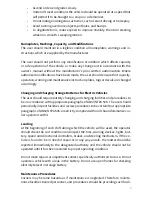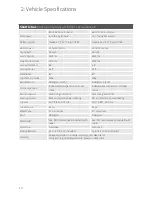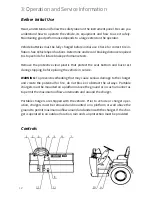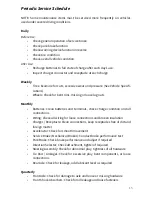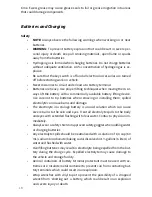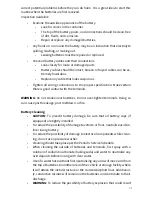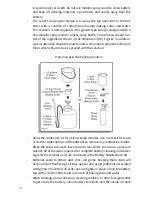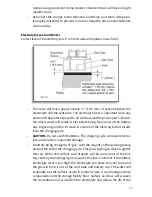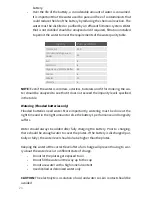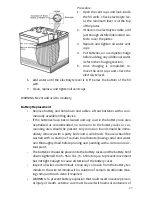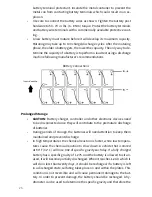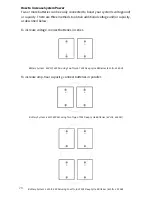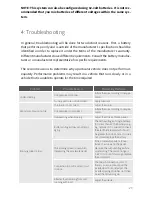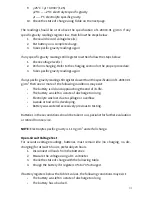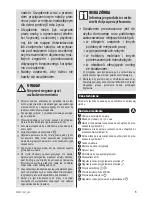
17
The Periodic Brake Performance Test should be performed regularly as an evalua-
tion of braking system performance. It is useful as a method of identifying subtle
loss of performance over time.
The purpose of this test is to compare the braking performance of vehicle to the
braking performance of new or “known to be good” vehicle or to an established ac-
ceptable stopping distance. Actual stopping distances will be influenced by weath-
er conditions, terrain, road surface condition, actual vehicle weight (accessories
installed) and vehicle speed. The test is conducted by latching the parking brake
to eliminate different pedal pressures and to include the effects of errors in linkage
adjustment.
Establish the acceptable stopping distance by testing a new or “know to be good”
vehicle and recording the stopping location or stopping distance. For fleets of ve-
hicles, several vehicles should be tested when new and the range of stopping loca-
tions or distances recorded.
Drive the vehicle at maximum speed on a flat, dry, clean paved surface. Quickly
depress the brake pedal to latch the parking brake at the line or marker in the test
area and remove foot from pedal. The vehicle should stop aggressively.
The wheel brakes may or may not lock. Observe the vehicle stopping location or
measure the vehicle stopping distance from the point at which the brakes were
latched. The vehicle should stop within the ‘normal’ range of stopping distances. If
the vehicle stops more than 4 ft. (3.0m) beyond the acceptable stopping distance or
pulls to one side, the vehicle has failed the test and should be tested again.
If the vehicle fails the second test, it should immediately be removed from service.
Lubrication
Checking the Lubricant Level
To Clean the area around the check/fill plug and remove plug. The correct lubricant
level is just below the bottom of the threaded hole. If lubricant is low, add lubricant
as required. Add lubricant slowly until lubricant starts to seep from the hole. Install
the check/fill plug. In the event that the lubricant is to be replaced, the vehicle must
be elevated and the oil pan removed or the oil siphoned through the check/fill hole.
CAUTION:
Do not use more than ½ - ¾ of grease in any grease fitting at any one
Summary of Contents for BN72-08-AC-Autodrive-M
Page 34: ...34 6 Electrical Diagrams...
Page 35: ...35...





